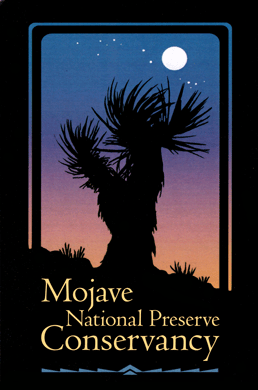The Conservancy applaud's President Obama's designation in February of the Castle Mountains as a National Monument to be managed by the National Park Service. Totalling nearly 21,000 acres, the Monument neighbors the Mojave National Preserve and protects a Joshua tree-studded landscape punctuated by the rugged Castle Mountains.
But it is not just the strange looking Joshua trees that make this place special. Botanists have identified 35 native grass species that make up the understory beneath the Joshua trees, a unique ecosystem in the Mojave that once hosted pronghorn antelope before they were locally wiped out in the early 1900s. One day the antelope may once again roam the area. The Castle Mountains currently host mountain lions, bighorn sheep golden eagles, and a multitude of other wildlife.
As early as the 1980s desert enthusiasts wanted to include the area in what was to become the Mojave National Preserve. But by the time Congress finally passed legislation in 1994 establishing the Preserve, the Castle Mountains had been excluded from the conservation designation out of deference to a gold mine operator.
The gold mine will still be allowed to continue operations in the new Monument, but the mining lands will become part of the Monument once the mine is decommissioned.
The Castle Mountains can be accessed from Nevada via Walking Box Ranch Road off of Nevada State Rd 164 (Nipton Road) or from several unnamed dirt roads off of Lanfair Road in the Mojave National Preserve.

